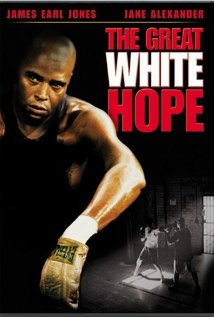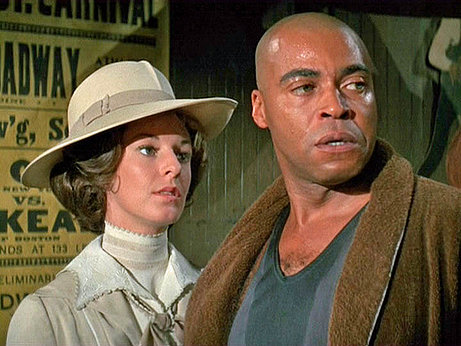 Opening this week, the mixed martial arts movie Warrior follows all the rules of a boxing movie. Mixed martial arts is basically the boxing of our day, and for it to be good, it has to be good in the way boxing movies are good. And what does that mean?
Opening this week, the mixed martial arts movie Warrior follows all the rules of a boxing movie. Mixed martial arts is basically the boxing of our day, and for it to be good, it has to be good in the way boxing movies are good. And what does that mean?
In criticizing David O. Russell’s eminently classical boxing movie The Fighter, a friend of mine said, “All boxing movies are the same—it always comes down to one last fight, and you always now the hero’s going to win.” That is, of course, true. But like a perfectly executed offensive move in football, classically structure stories work even if you know what’s coming. Boy and girl end up together, the good guy beats the aliens, and the through their trials and tribulations the odd couple find common ground. That’s how it works. And when it’s done well you’re gonna cry. Major chords make you happy. Minor chords make you sad. Aesthetic determinism. Yeah, I said it. I’ll say it again: aesthetic determinism.
It may be that because the central image of a boxing movie is so simple that some people think that the movies themselves are simplistic. All of the work on character and theme and historical whatever end up being represented by two guys in a ring beating each other bloody, and the meaning of the whole thing boils down to who wins the fight. In other words the impact of a fight movie has to do with the moviemaker’s skill in packing that last fight with as much meaning as possible.
Rocky’s pretty simple, but perfectly effective. The Fighter similarly so, with a powerful new level of meaning added when we see that only by incorporating the lessons of his brother Dickey can Mickey win his fight. In Raging Bull, Martin Scorsese creates a kind of anti-boxing movie, ending with Robert DeNiro’s Jake LaMotta shadowboxing backstage at a comedy club.
 My favorite ending to a boxing movie is in Martin Ritt’s 1970 film version of Howard Sackler’s masterful play The Great White Hope. The movie tells the story of Jack Jefferson, a thinly veiled version of legendary African-American boxer Jack Johnson. James Earl Jones plays Jefferson with a studied power, giving a performance that earned him a Tony and Academy nod.
My favorite ending to a boxing movie is in Martin Ritt’s 1970 film version of Howard Sackler’s masterful play The Great White Hope. The movie tells the story of Jack Jefferson, a thinly veiled version of legendary African-American boxer Jack Johnson. James Earl Jones plays Jefferson with a studied power, giving a performance that earned him a Tony and Academy nod.
Sackler and Ritt spend their efforts on solid character-based storytelling rather than historicizing and moralizing – and their choices lead to a taught, harrowing, and perfectly told story of freedom and love. That said, Ken Burns called his documentary on Jack Johnson Unforgivable Blackness, and that’s a lot of what goes on in The Great White Hope.
But it’s a boxing movie, so all of the narrative thrust of the film is contained in the last fight. I won’t give too much away by saying that for Jack Jefferson that last fight is a no-win situation. No matter what he does, he loses. Like Jefferson’s life, like Johnson’s life, like many people’s life, the meaning of the man comes not in whether he wins or loses but in how he fights. It’s a masterful reversal of the notion that winning or losing is what makes the end of a fight movie worthwhile.
Because it’s true that every boxing movie ends the same way. They all end with a fight. But like every other genre form, it’s all about how you use the conventions to tell your own story. Win, lose, whatever, the fight movie when done well can still move you to tears. Even if you know who’s going to win that last fight.


